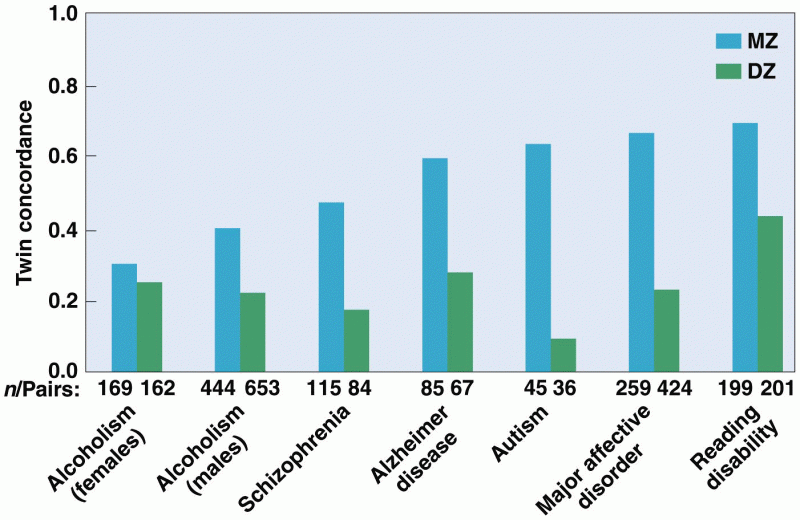Answer to Question 1
Somatic symptom disorder (somatization disorder) involves physical symptoms for which, based on current knowledge of physical functioning, there is no adequate explanation. Somatic symptom disorder is considered unintentional because persons with this disorder are not deliberately faking their physical symptoms. Factitious disorders also involve the presence of physical symptoms for which there is no apparent medical cause, but the symptoms are produced intentionally or faked. The motivation for the feigning of physical symptoms is the desire to assume the sick role. Complex psychological variables are assumed to be involved with factitious disorders, and the individual is usually unaware of the motivation for the behavior. Additionally, simulation of illness is induced with no apparent incentive other than attention from medical personnel or others. Malingering involves is faking a disorder with physical symptoms. In malingering, the physical symptoms are faked, but the motivation is for external incentives, such as economic gain or the avoidance of work or legal responsibilities.
Answer to Question 2
The person with dissociative identity disorder is unable to remember in some personalities the horrifying events that other personalities witnessed and remember. This dissociation is seen by psychoanalysts as an extreme form of repression. Dissociation or separation of certain mental processes occurs, and large parts of the individual's personal identity are no longer available to conscious awareness. This process protects the individual from painful memories or conflicts. The splits in mental processes become so extreme in dissociative identity disorder that more or less independent identities are formed, each with its unique set of memories. The intensity of the conflict is believed to be an outgrowth of traumatic stressful events in childhood, usually physical and sexual abuse. If a child has the capacity to daydream or otherwise dissociate certain memories, he or she can use this to cope with overwhelming anxiety by creating separate personalities. In other words, children who can hypnotize themselves to wall off the pain of traumatic events may develop dissociative identity disorder. Those who say that dissociative identity disorder is iatrogenic (therapist-produced) note that the symptoms of the disorder have been influenced by descriptions in books and movies. Therapists, believing that childhood abuse underlies the disorder, will encourage clients to uncover memories of such abuse and thereby generate proof of the disorder. During hypnosis, a state of increased suggestibility, the likelihood of this process is magnified. Further, people with dissociative identity disorder are more suggestible than others.
The two approaches all see the development of dissociative identity disorder as a coping response. Psychoanalysts see the separation of personalities as serving the purpose of avoiding stressful experiences. One can also see iatrogenic dissociation as a means of coping: It avoids a subtle dispute with the therapist, elicits sympathy and encouragement from the therapist, and provides the client with an explanation for his or her difficulties.







